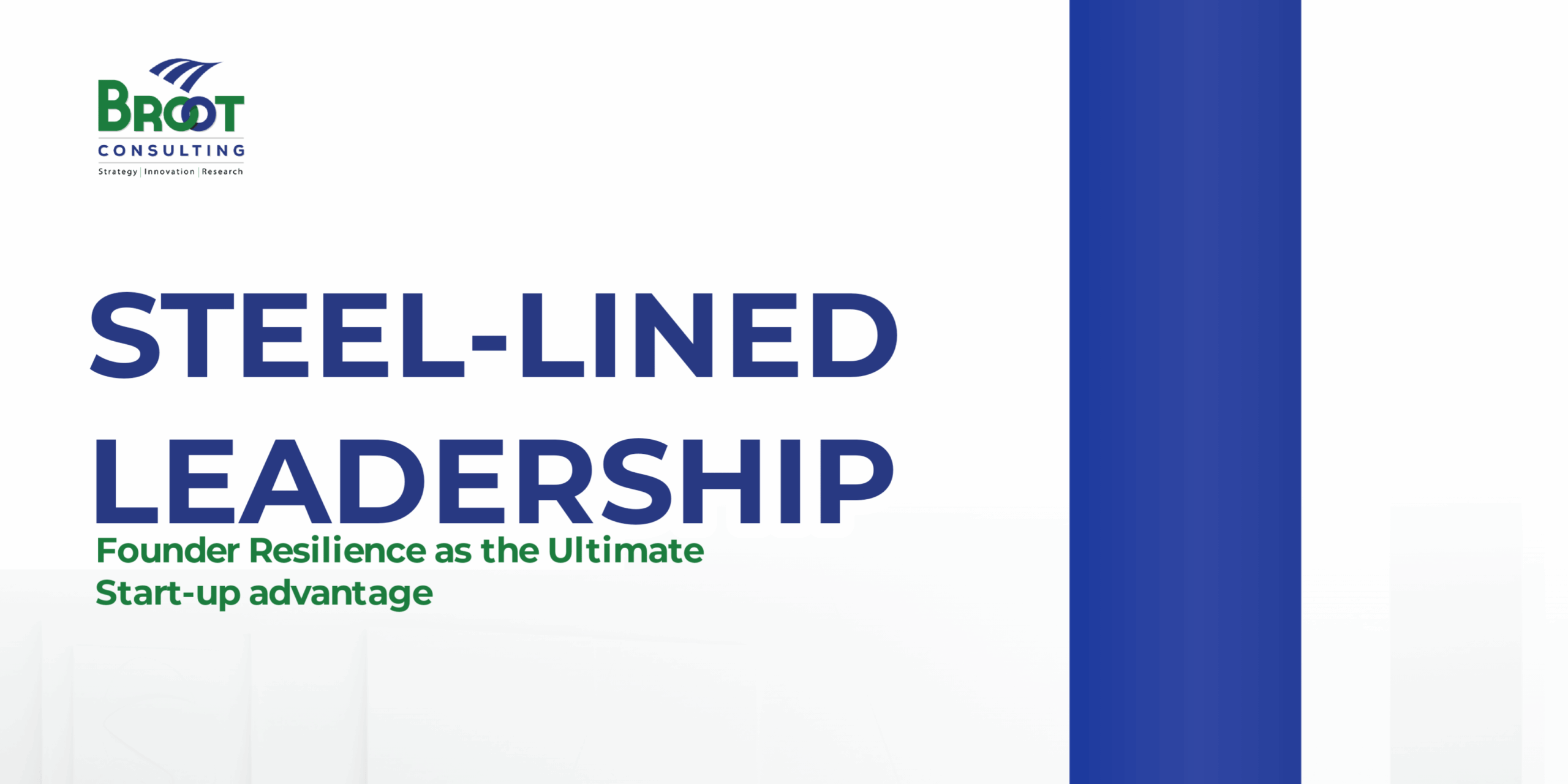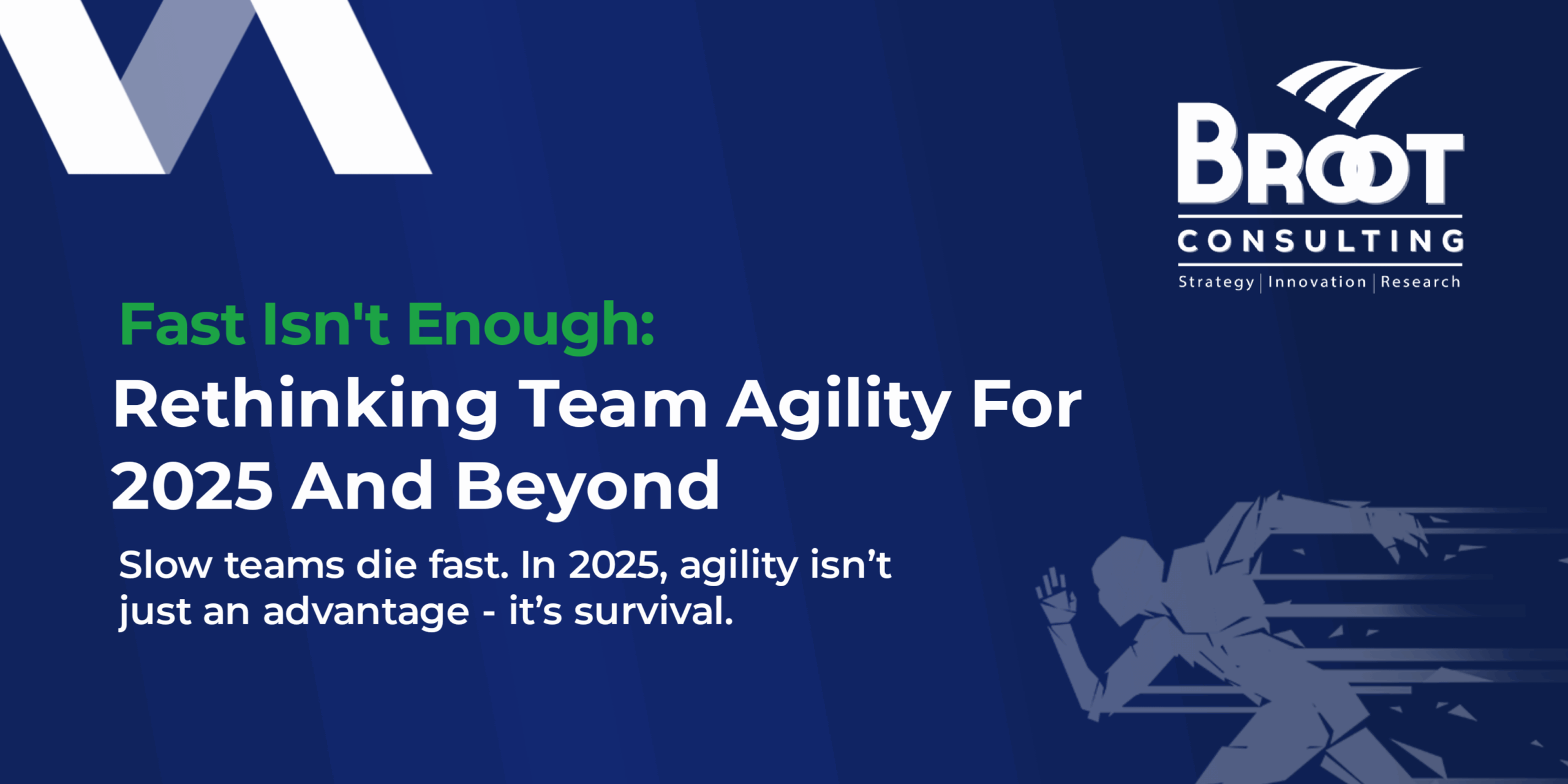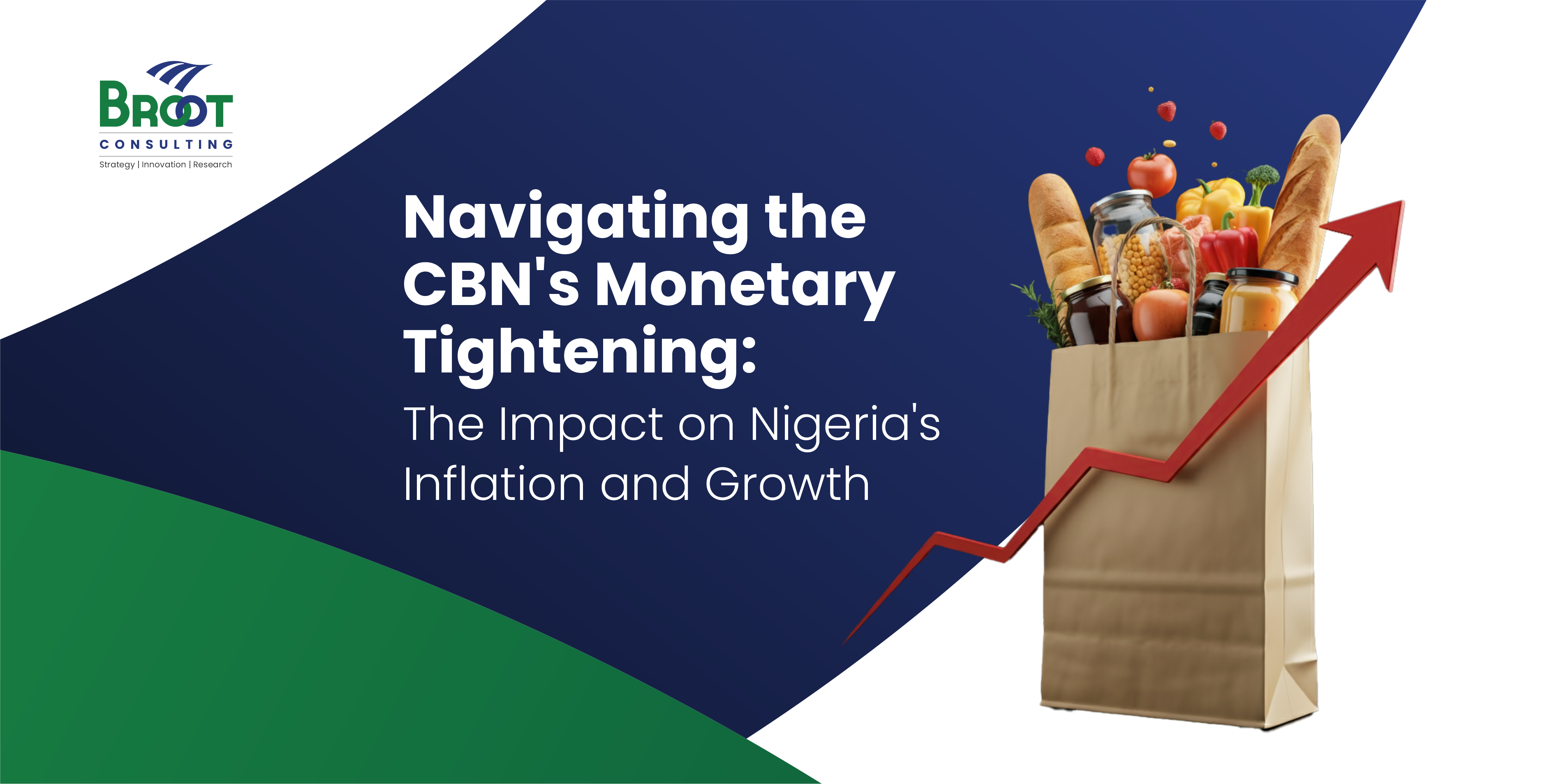“Farming looks mighty easy when your plow is a pencil, and you’re 1000 miles away from a cornfield.”–Dwight D. Eisenhower
Research has shown over and over again that the places where work gets done, the spots where the most value is created in an organisation are the least visited places by leaders. Why is this always so? Why do the areas that make them who they are, suddenly become less attractive? The answer lies somewhere in-between overcrowded schedules and preference for the urgent and attention-grabbing events which include: industry meetings, conferences, meetings with political office holders and the likes. Important matters may struggle for executive attention, value impact decisions are therefore made based on reported speeches, data and presentations, which, may not have captured critical elements that could enhance performance and organisation cohesiveness.
It is time to prioritise the Gemba Walk, to do that you must understand and identify those places that are responsible for value creation in your organisation. As a CEO of a manufacturing company, how often do you visit the shop floor, the warehouse or the showroom? What of the Executives of financial institutions who always want to solve critical customer service problem without obtaining any first-hand information that affords a deeper insight into what is really happening in branches, customer meetings and other critical points? Not surprising, FIS survey reported that globally only 23% believe their banks meet their expectations. In the academia, how regularly do President/Vice Chancellor of aUniversity visits the classrooms to see lecturers in action, or to the lab to observe the researchers doing what they know best? Go to the dormitories or cafeterias to see students in their everyday life? Some academic leaders have the erroneous notion that suggests that as Presidents, they are not meant to be accessible by students and that students are meant to see them only on the day of their graduation. An illusory thought is to believe that being accessible cheapens their elevated office and that the handshake during the brief encounter at graduation ceremonies is more than enough.
This same logic of playing “hard to see” which make leaders become majorly visible to their employees only when there is some crisis or when they need to take their dignitaries on a tour of their facilities could be a major reason for misalignment and denying the organisation of maximizing its potentials.
Go to the Gemba: Make the Invincible Visible
Toyota Manufacturing Company has been used severally by both Industry and Academic researchers, and regardless of the application, an undeniable fact is that Toyota’s success comes from being exceptionally intentional in driving activities that create strong values. When asked what made his company the world largest automaker within a short period, Mr. Fujio Cho gave an interesting answer. The president/CEO of Toyota from 1999-2005 and Chairman of the company from 2006 to 2013 replied that Toyota’s success could be found in these three mantras: “Go see, Ask why, Show Respect”. He was saying that leaders needed to go to the Gemba and do those three.
These simple mantras have profound messages for leaders who operate in this era of advanced information technology where everything is accessible at the click of a button, that make physical human interaction less of a necessity. However, in the Lean Thinking concept, continuous improvement and elimination of waste are only possible when leaders continuously go to the Gemba! In Japanese language, Gemba means the real place or the actual place or the place where things are happening. It is the place where your value-creating activities take place. If those activities go wrong, you will be unable to satisfy your customers.
Before the Gemba Walk: think of Muri, Mura and Muda
The Lean Thinking practice was a major contribution to Toyota’s success and it could be applied to every organisation. The whole essence of the lean principle is to ensure continuous improvement and elimination of waste. Waste is human-generated and can only be eliminated by the generators. Therefore, before you embark on your Gemba walk, you must understand the three categories of waste identified by Toyota Production System: MURI, MURA. MUDA.
MURA is a waste of unevenness, unfairness, or inconsistency. It manifests in different ways however when you have a work process that overburden some of your resources (e.g. employees) and underutilizing some other resources then you will experience wastage. The underutilized resources are wasting asset which is not fully adding value to your organisation.
MURI is a waste that resulted in overburdening of people and equipment. Any form of unreasonableness, compulsiveness, and excessiveness will lead to waste. The best way to deal with it is to standardise work because the continuous overburdening of people and equipment will eventually lead to equipment breakdown, absenteeism and illness. When an employee can no longer withstand the heat, even the most committed and talented may take a bow out of your organisation. When work is standardised, it will lead to improved productivity, reduced cost and better quality.
MUDA are activities that consume resources in your organisation, but they do not add value. They come from the wrong allocation of resources facilitated by unnecessary bureaucracy and complexity within the system. Some of these activities are:
- Transport unnecessary or long movement of products and supplies, excessive movement of product or people
- Inventory, carrying excessive inventory and tying down your capital
- Motion; excess movement of machine or people
- Waiting,
- Overproduction,
- Over-processing, and
- Defects.
Go to the Gemba with a Purpose
Japanese Leaders that go to the Gemba, practices Lean Leadership. It is the leadership that achieve continuous improvement and waste elimination. By continually going to the Gemba, Leaders enable and empower employees to grow professionally and maximise their potentials. It is the type of leadership that gets employees to take pride and joy in their work. Such Leaders see themselves as coaches. They do not just set targets and sit back in their office, neither do they embark on unnecessary blame game with their employees; they are leaders that go to the frontline to walk their employees through difficult challenges.
They understand the on the job problems of the employees and the difficulties imposed on their customers by their system. They get undiluted first-hand information that could be critical to achieving the strategic objectives of the organisation. It is crucial for leaders to know that the goals of going to the Gemba do not include fault finding but to understand challenges and gather the information needed to solve problems. So, they Go See, Ask Why and show respect
Go See
Finding the time to see is difficult for most leaders because it means they need to leave their comfort zones; go to where the real work is taking place and observe what is going on in those places. This enables them to get the real fact rather than relying on stories from the grapevine, reports or presentation. A lean leader is a good coach; he goes to the Gemba to understand the process, examine things from subordinates’ perspectives, coach them and challenge them to achieve potentials. In his book, “Flow: The Psychology of Optimal Experience”(1990), Mihaly Csikszentmihalyi said ‘challenges drive development and satisfaction’ and that “the best moments usually occur when a person’s body or mind is stretched to its limits in a voluntary effort to accomplish something challenging and worthwhile.” Continuous improvement gives a positive challenge to the employees, it stretches them to go beyond the achievement of “yesterday” and get rid of the status quo syndrome.
Ask Why
As the boss, you feel great to be seen as the go-to person who has the incredible knowledge to answer all questions. In Lean management, you are required to develop a questioning attitude that enables you to seek first to understand and ask questions. Asking why, gives you the opportunity to learn more about the work process from the expert and also enable you to develop a good rapport withthe team. There is power in asking questions, it gives deep insights and place you in favourable lights with your employees and by extension boost their morale and improve productivity.
Show Respect
When you go to the Gemba, please don’t go unannounced because this will raise suspicions and questions about your motive and sincerity. Don’t disrespect your employees by going there with a hidden agenda or preconceived ideas. Be sincere that you want to know and that you want to be of help to all those at the frontline. A lean leader recognises the concept of co-dependability and mutual benefits, therefore, show respect to employees, sharpen your listening skill, overcome the temptation of dominating the discussion, and ensure that you genuinely listen, consider the views of others and offer encouragement that will uplift their spirit and give an assurance of your unwavering commitment to their development. When you listen intimately, employees will be free to ask questions, ensure you respond honestly, and never over-promise least you lose respect and credibility.
Conclusion
Going to Gemba is like going to the source, and just like the African proverb, “the river that forgets its source will end up drying up”. Continuous success in leadership is possible when the focus is a balance between the urgent and the important without shifting the focus from your primary purpose and those things that bring real value to your organisation. The Lean Leadership Model enables you to create challenging workplaces that show respect for your people and challenge them to reach their full potentials. There is so much that is possible if you would just go to the Gemba




